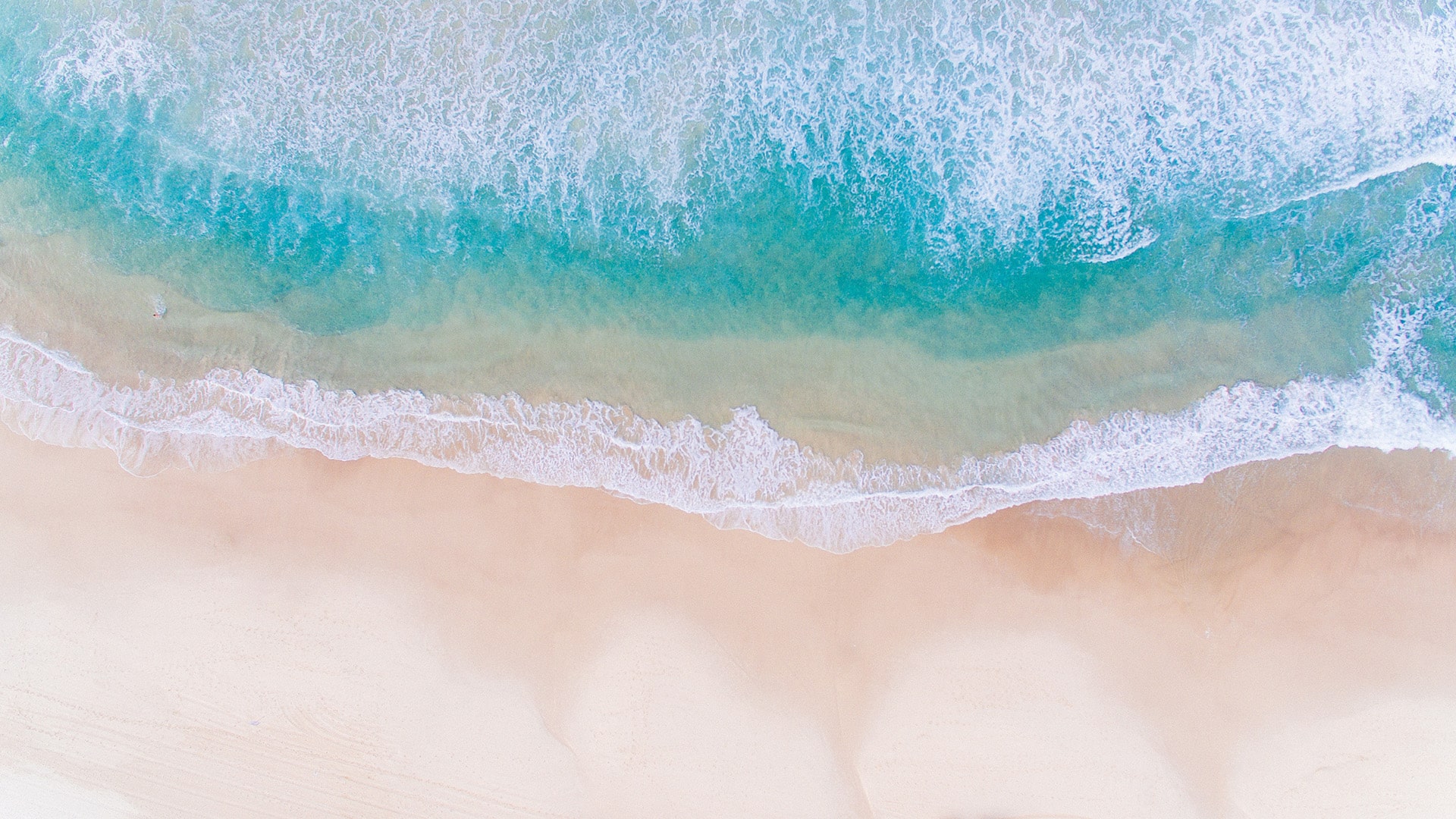Holidays at the beach are a perfect opportunity for beautiful photos, especially at sunset, but not only then. Here are some tips, tricks and ideas on beach photography and how to enjoy the seaside and take great beach photos in complete serenity.

You’re getting blind.
Don’t miss the best of visual arts. Subscribe for $9 per month or $108 $90 per year.
Already suscribed ?



